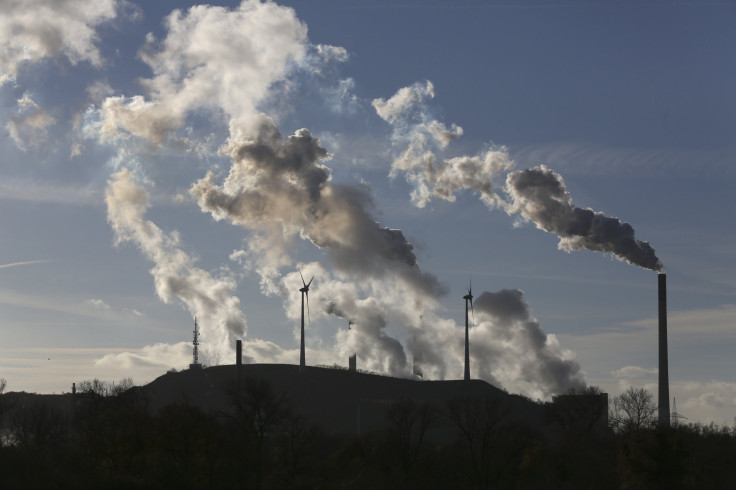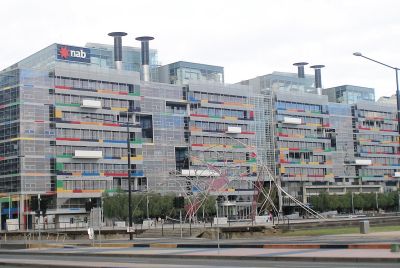US, China Host The Most Number Of Inefficient Coal-Operating Power Plants

A report released by Oxford University has revealed that companies from the United States and China dominate a list of top 100 corporate portfolios of coal-fired power plants ranked as inefficient and with "subcritical" technology. It was found that seven out of 10 largest subcritical coal-fired power station portfolios belonged to the Chinese, while the U.S. owned six of the largest 20.
The efficiency of each portfolio in terms of carbon dioxide emissions per unit of electricity produced was the main factor in coming up with the list. China topped the rankings, via the Huaneng Group, Huadian Group and China Guodian Group. AES Corp from the US was the highest ranked American company, at ninth. India’s NTPC was at fifth place. Overall, U.S. companies occupied 10 of the top 25 places; Warren Buffett’s Berkshire Hathaway was also mentioned. Fifty-nine of the 100 companies studied were state-owned.
The International Energy Agency had said that if global governments were serious to fulfil their pledge to limit global warming to 2 degrees Celsius (3.6 Fahrenheit), they have to have a collective political will to close one in four of sub-critical plants within five years. Global greenhouse gas emissions must drop to zero by 2100 to achieve the agreed ceiling. Coal supplies 40 percent of the world’s electricity requirements, but three-quarters of it come from the most-polluting, least-efficient and oldest “sub-critical” coal-fired power stations.
Ben Caldecott, lead author of the report and director of the Stranded Assets Programme at Oxford University, said 75 percent more carbon dioxide are emitted by subcritical plants compared to the most modern coal-fired plants. Pressure on water resources was also a criteria used by the report, which found that inefficient coal-powered plants use 67 percent more water compared to the more modern ones.
To meet the agreed ceiling of 2 degrees Celsius (3.6 Fahrenheit), “sub-critical coal-fired power stations are the first thing we need to kill off if we want to tackle climate change,” Caldecott said, noting subcritical plants are also typically older and more expensive to operate.
He suggested to budget-constrained policymakers and government may want to close such plants. Not only will it save on costs, it will also help save the world from the further burdens of a heating up planet.
To report problems or to leave feedback about this article, e-mail: e.misa@ibtimes.com.au.





















